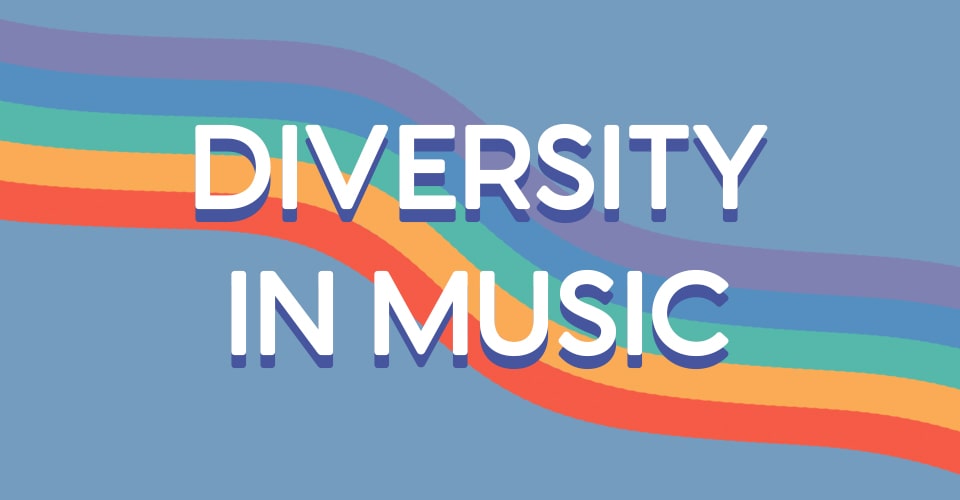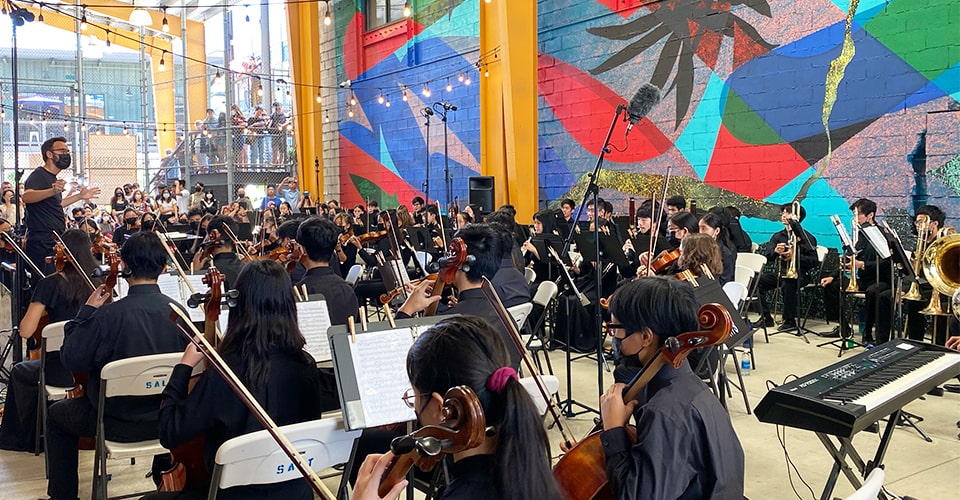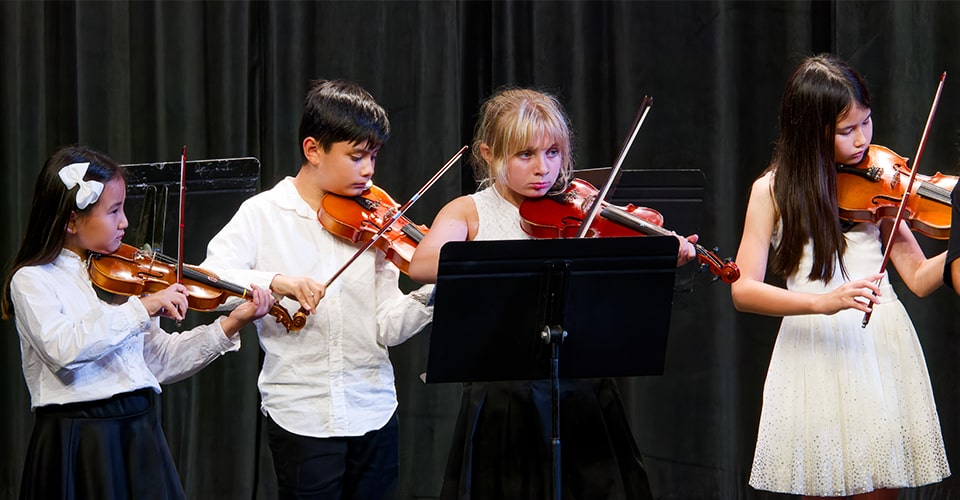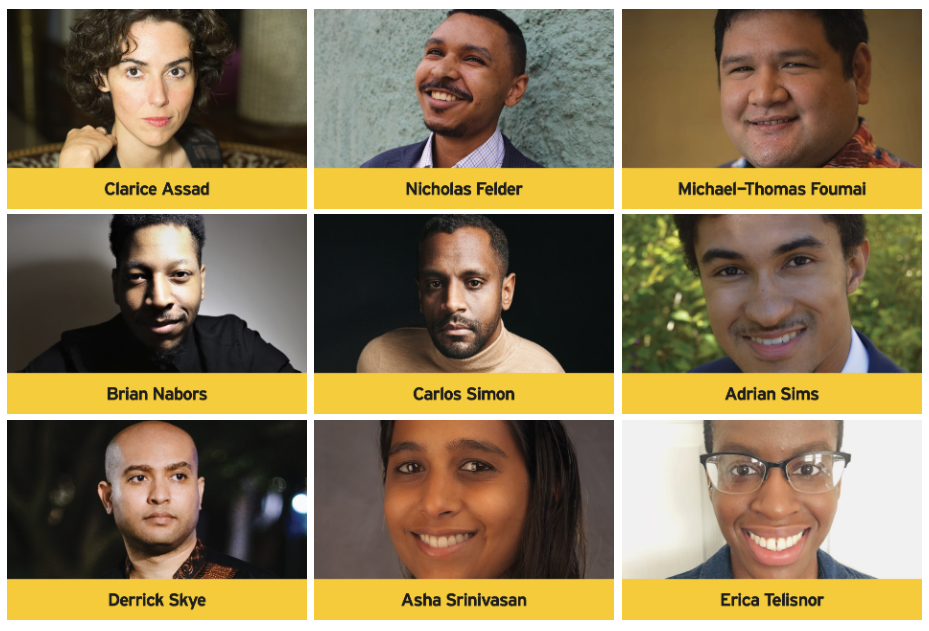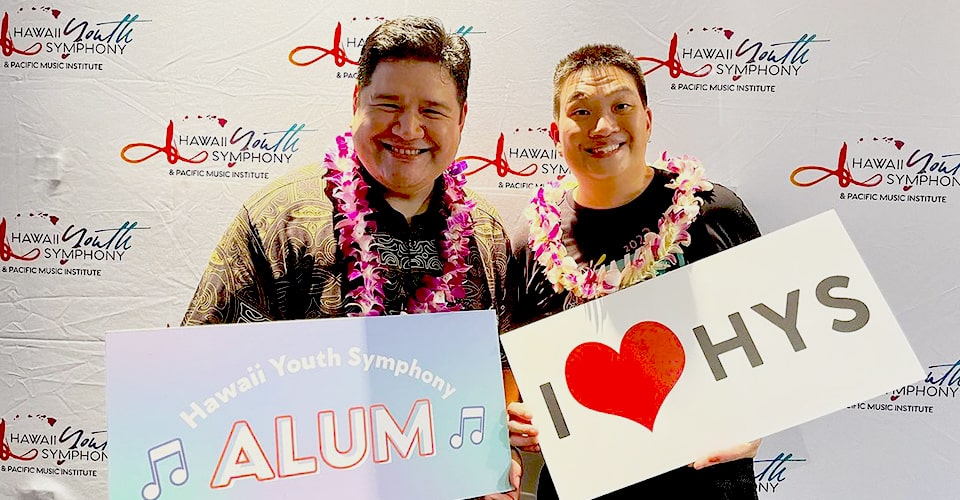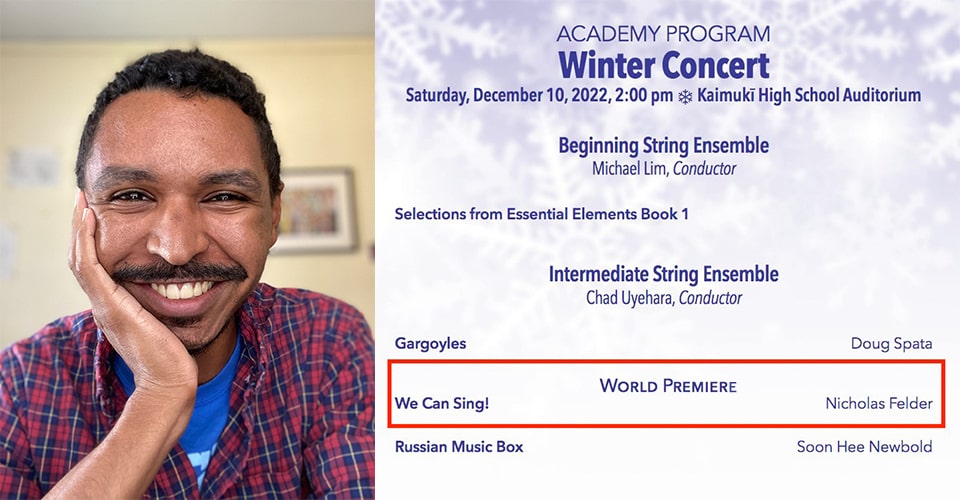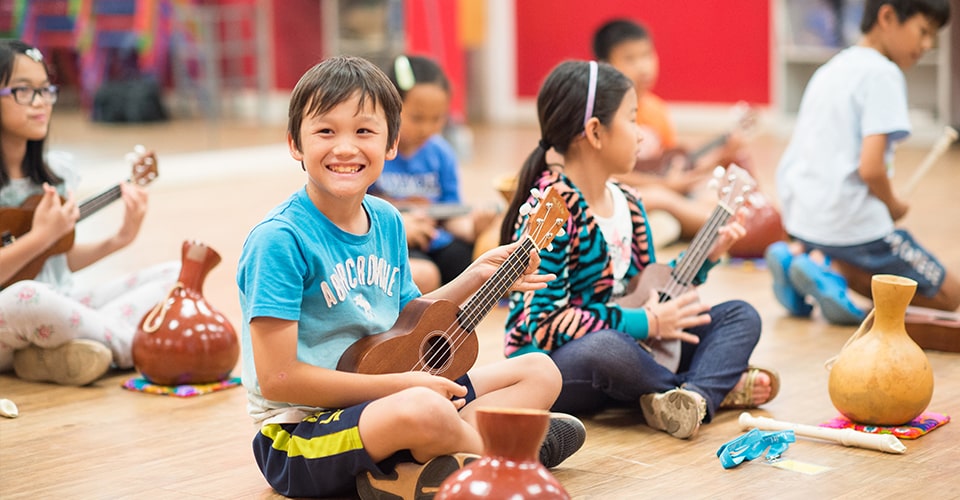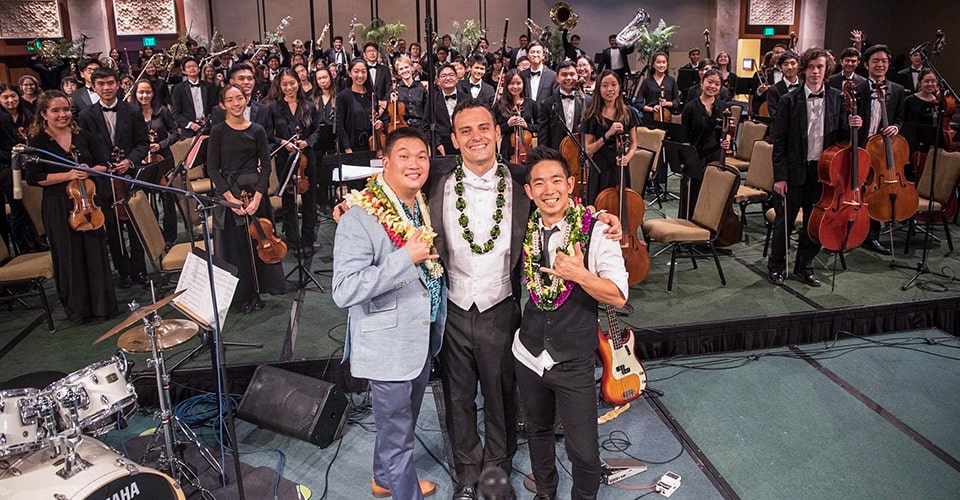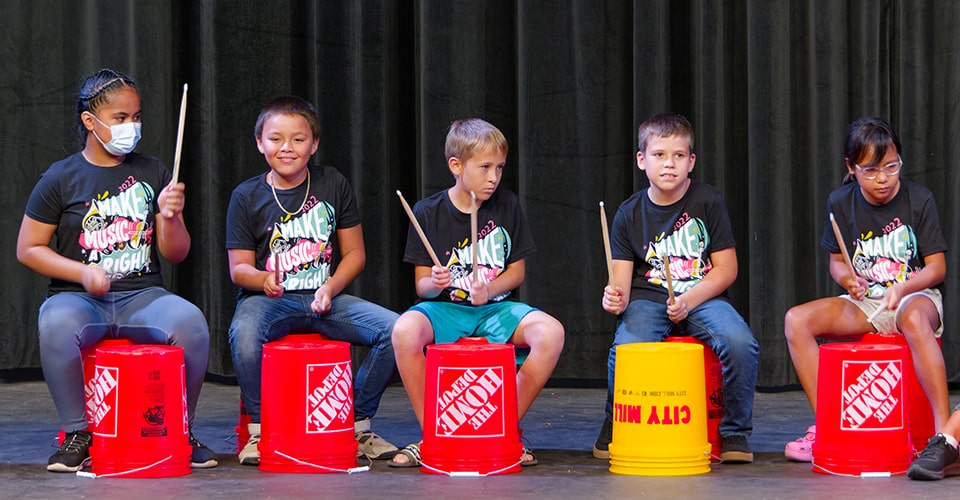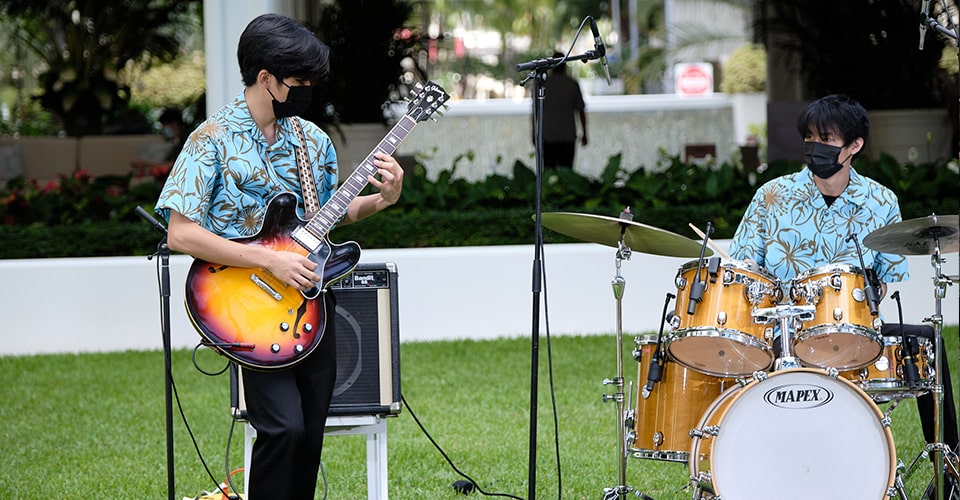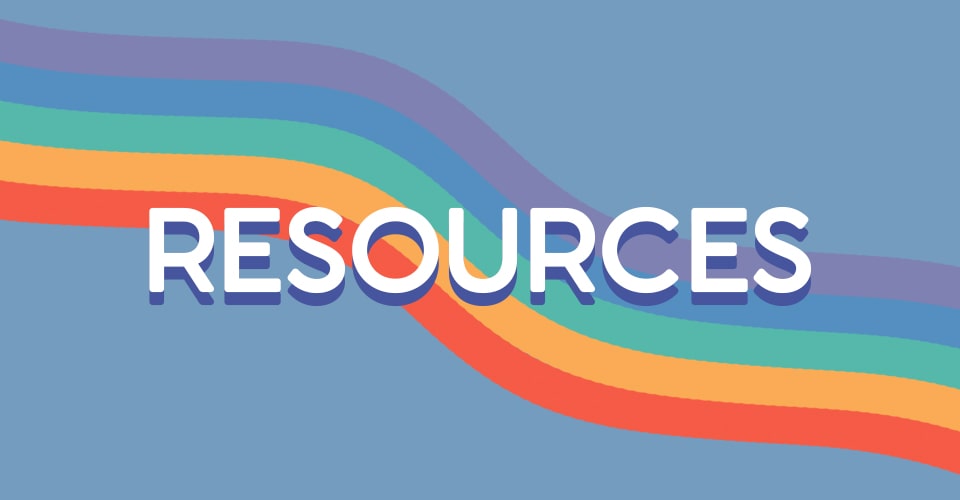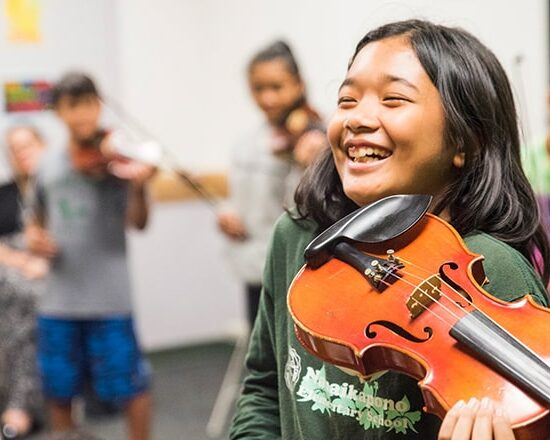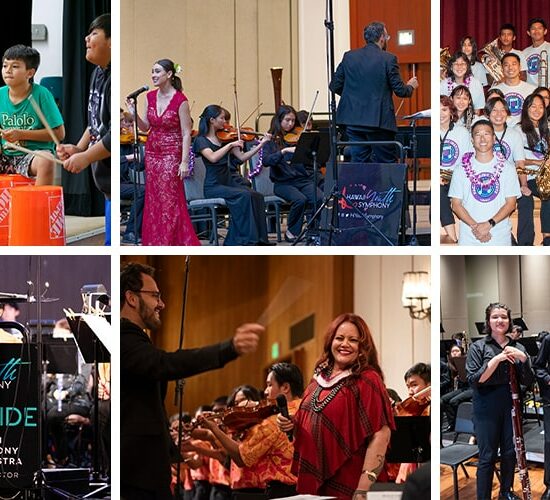Celebrating Diversity in Music Education
The world of music is vast, and inclusion and diversity are the way forward! As we bring classical music into the contemporary world, music education organizations have a huge impact when it comes to working toward better representation in the field of music. As music educators, it is our responsibility to not only teach the classics, but also to broaden our students’ musical horizons and expose them to diverse genres, musicians, and composers.
The Significance of Diversity in Music Education
The music industry, as well as orchestral music specifically, both have a history of being white and male dominated fields. 2023 statistics show that while diversity and inclusion are generally on the rise, it is necessary to actively work to accelerate the pace of change.
According to the League of American Orchestras’ 2023 Diversity in the Orchestra Field report, non-white “representation is significantly lower among orchestra musicians than in the U.S. population overall.” It would be great to see the diversity of our country reflected in our music!
At Hawaii Youth Symphony, we believe music making should be for everyone, and that music education is the best place to start. By making music programs accessible to youth of all backgrounds, and exposing young musicians to music written and performed by musicians of all backgrounds, we set the stage for better representation in the profession of music.
Some more highlights from the League’s 2023 Diversity in the Orchestra Field report:
- 79.1% of 2022-2023 orchestra musicians are white.
- 76.2% of 2022-2023 conductors are men.
- Only one in nine music directors are women.
- Roughly one in four music directors are BIPOC.
- Black or African American and Hispanic/Latinx musicians were almost twice as likely to be working in smaller-to-medium budget orchestras than in larger budget orchestras. Multiracial musicians were 1.5 times more likely to be working in smaller-to-medium budget orchestras.
- Native Hawaiian and Other Pacific Islander make up 0.1% of musicians, 0.4% of conductors, and 0.6% of music directors.
- In 2023, Asian or Asian American people were better represented in the music director population than in the U.S. population as a whole.
- 88.3% of 2022-23 Top Orchestra Executives are white.
- 84% of 2022-23 Orchestra Board Members are white.
Data: League of American Orchestras
The numbers don’t lie! As it stands, pursuing music as a career is largely reserved for a privileged few. We join other organizations in working toward a more diverse future for the music industry.
Performing Works by BIPOC and Gender Marginalized Composers
When we think of classical composers, names like Mozart and Bach often come to mind. While these western composers of the 16th and 17th centuries have undoubtedly left a lasting legacy in the world of music, it’s important to recognize and celebrate the works of modern and contemporary composers of all ethnicities and gender identities.
The good news is that American orchestras are already making strides. Programmed works by women composers and composers of color rose by 400% from 2015-2022, according to the 2022 Orchestra Repertoire Report released by the Institute for Composer Diversity in partnership with the League of American Orchestras.
While we are certainly headed in the right direction, it’s important to note how much work is still to be done. The 400% rise brought the combined total of women and BIPOC composers from 4.5% to 22.5%. In 2022, nearly 78% of programmed works were still composed by white men.
By incorporating works by women composers, composers of color, and other underrepresented groups into our repertoire, we provide our students with a more inclusive and representative music education.
Working with Living Artists: The NOI+Festival K-12 New Music Project
Hawaii Youth Symphony is proud to partner with the National Orchestral Institute+Festival on their K-12 New Music Project, funded by the League of American Orchestras’ Futures Fund. The project commissioned eight historically excluded composers to compose music written specifically for elementary, middle, high school, and youth orchestras. Meet the Commissioned Composers here!
Working with living composers allows students to actively participate in the creation and evolution of music. The project is mutually beneficial, as commissioning living composers helps make it possible for them to support themselves through their art.
“The dynamism of young orchestral musicians provides an incredible opportunity to explore, celebrate and champion equity and diversity. We are thrilled to be working alongside partners from DCYOP, PGCPS and NOI+F to bring forward these conversations and to share in the universal joy of music.” — Randy Wong, HYS President
Collaborating with living artists provides students with a unique opportunity to interact with the creative process firsthand. They can learn directly from the composers themselves, gaining insights into their inspiration, techniques, and musical choices. This direct interaction fosters a deeper understanding and appreciation of the art form, as students witness the creative journey from concept to performance.
Through this project, Hawaiʻi students aged 8-18 from our Academy String Program in partnership with the Boys & Girls Club of Hawaii had the opportunity to debut new music for the very first time!
An Inside Look into the Project
There’s no better way to demonstrate the value that diversity and inclusion bring to classical music than to hear from the living composers themselves!
Michael-Thomas Foumai
In 2021, our Concert String Orchestra premiered Michael-Thomas Foumai’s “Paniolo Credo,” a piece that celebrates the respect for nature that so much of Hawaiian culture is built upon. It tells the story of the paniolo cowboy as they build trust with their horse, and includes echoes of an ancient Hawaiian chant. Michael-Thomas Foumai is a Hawaiʻi-born composer and HYS alumnus who left for graduate school and work, and has since returned to the islands. He is currently the Director of Artistic Engagement and the first Composer in Residence for the Hawaiʻi Symphony Orchestra, and his work encompasses an extensive catalog of symphonic music, focusing on the culture of his Hawaiʻi home.
“I had gotten a lot of success with many performances and orchestras wanting to perform my music, asking me to write music. But the music that I was writing was, I felt, not authentic to who I was, because I was always writing about music from another culture… There were stories that I could tell that were not being told in the symphonic realm of my Polynesian heritage, of Hawai‘i. My return home has been one of finding purpose in my music identity.” — Michael-Thomas Foumai
Q & A with Michael-Thomas Foumai:
How does it feel to have your compositions evolve from ideas to reality?
“The music conceived in the mind often behaves differently in the real world. Passages may need time to breathe here or a tempo might need to be adjusted. The process of working with performers is, I dare say, much more exciting than the premiere itself! I love rehearsals and hearing the music being put together.” — From Bowdoin International Music Festival
How did you get your start in music?
“I grew up on O‘ahu, mostly Makiki, went to Roosevelt High School. Before that I was at Kawānanakoa Middle School. That’s actually where I started music. They had an exploratory program that included orchestra and band. So I signed up for band because my sister was a clarinet player. And she said, “you got to go to band. Don’t go into string instruments. You don’t want to be with the dorks.” For some reason I got placed into orchestra. That kind of set me off to learning the violin, taking lessons, and it led me to compose.” — From Honolulu Magazine
What is it like composing for young musicians?
“Young musicians are the future of music; composing for them is paramount to instilling a curiosity to explore the music of their time from the start of their musical journey… Moreover, it’s the gateway that may spark a musician to become a composer, an opportunity to think of music as a way to communicate.” — Michael-Thomas Foumai
Nicolas Felder
In 2022, our Intermediate String Ensemble (ISE) had the opportunity to premiere “We Can Sing,” composed by Nicolas Felder. ISE students have just 1-2 years of experience on their instrument, so it was a really special opportunity for these budding young musicians to be inspired to continue their music education journey. They got to meet the composer to better understand the music, and ask questions about the compositional process!
Felder’s Program Notes to our students:
“This piece is an anthem–a claiming of identity and personhood and shouting it out loud for the world to hear. When writing, I kept imagining these words:
We can sing
On our own.
We can sing
Altogether.
Raise your voice,
Shout out loud.
Let the world
Know we’re here.”
Felder is an artist, activist, and educator with a passion for community and working with youth. He leads a program called “Activism Through Art” at the Neutral Zone, a nonprofit in Ann Arbor Michigan, where he teaches work by arts activists and encourages teens to express their social and political views through art. Felder was also a finalist for the 2017 ASCAP Morton Gould Award and one of several BIPOC composers whose work is supported by the K-12 New Music Project.
“To young students everywhere, especially those who have not previously seen themselves reflected in the repertoire, you have a gift. You have a superpower that no one else has. Use it. Let it shine. And be who you can be.” — Nicolas Felder
Our students were so fortunate to have the opportunity to work with these incredible creative minds! The project even inspired one young student to compose his own piece, which was premiered by his peers in concert. By working with living composers, students become part of a living, breathing musical community, where they can contribute to the ongoing dialogue and development of classical music.
Celebrating Culture Through Music
The Hawaii Youth Symphony’s mission is to foster fun and creative experiences for youth that inspire a deep appreciation for music and lifelong relationships within the culture of our islands.
The rich and vibrant musical heritage of Hawaiʻi is something that should not be overlooked or forgotten in our local music classrooms.
Whether it’s teaching elementary students to play the ʻukulele, or sending our graduating seniors off to our faculty’s rendition of Aloha ʻOe, immersing our students in the sounds and rhythms of home helps to cultivate an appreciation for our local culture and fosters a sense of pride and connection to our community.
Through our annual He Makana O Nā Mele gala and our Aloha Concert Luncheon, we give our students the opportunity to perform alongside local musical heroes, like Grammy-nominated Hawaiian music vocalist Raiatea Helm, ‘ukulele virtuoso and composer Jake Shimabukuro, Kāneʻohe-born singer, Kathleen Stuart, Hawaiʻi Symphony Orchestra Concertmaster Iggy Jang, and Hawaiʻi’s top-selling female vocalist of all time, Amy Hānaialiʻi to name a few.
Collaborating with local musicians not only allows our students to learn from experienced professionals, but it also provides a platform for our students to showcase their own talent and passion for music. This firsthand experience of performing alongside living artists not only creates a sense of excitement and motivation for our students but also strengthens the connection between the classroom and the wider music community.
Inviting More Students into the Music Classroom
According to NAfME’s position statement on Inclusivity and Diversity in Music Education, “expanding the types and styles of music studied and performed invites more students into the music classroom.” That’s why we created programs like Pālolo Pākeke Ensemble and HYS jazz!
In our introductory bucket drumming class, elementary students get introduced to general music concepts like rhythm and melody. Students are excited to play popular tunes they recognize, so this free after-school program is a great way to get more students involved in music. Our Jazz program opens up music education opportunities to young musicians who play a variety of instruments beyond the symphony, like the guitar, electric bass, piano, drum set and more. It also gives them a chance to explore a new genre and style of playing!
By exposing students to a wide range of musical genres, styles, and composers, we cultivate their musical appreciation and broaden their horizons. This exposure encourages students to think critically, challenge traditional notions of “classical” music, and explore new sounds and expressions.
A diverse music education also promotes empathy and understanding. Students learn that music has the power to bridge gaps and break down barriers, fostering conversations about social justice, equality, and the transformative power of art. And when students see themselves reflected in the music they study, it empowers them to embrace their own musical aspirations!
By including diverse genres, composers, and living artists into our students’ music education, educators can prepare our students to be compassionate and engaged members of the musical community.
Resources for Equity, Diversity, and Inclusion in Music
We encourage music educators and music students alike to actively seek out diverse music to listen to, teach, and play! Here are some places to start.
League of American Orchestras Equity, Diversity, and Inclusion Resource Center
The League has compiled many great resources. Their “Racial/Ethnic and Gender Diversity in the Orchestra Field in 2023” report covers the ten-year time period from the 2013-14 season through the 2022-23 season.
Institute for Composer Diversity
The Institute for Composer Diversity works to encourage the discovery, study, and performance of music written by composers from historically excluded groups. Their Composer Database is a resource for the musical community through which composers from underrepresented groups can be discovered.
Boulanger Initiative advocates for women and all gender marginalized composers. They have a database with over 8,000 works by more than 1,200 women and gender-marginalized composers that is designed for everyone – musicians, performers, conductors, students, researchers, educators, artistic administrators, and anyone with a curious mind.
The Sphinx Organization is a social justice organization dedicated to transforming lives through the power of diversity in the arts. They are focused on increasing representation of Black and Latinx artists in classical music and recognizing excellence. Based in Detroit, Michigan, but with nationwide reach, Sphinx envisions a day where the classical music field looks like our communities: where every young person has the opportunity to express themselves and learn classical music; where audiences reflect the people we see on our streets; and where leadership—on stage and off—includes all deserving voices.
UH Mānoa Hawaiian Music Collection and Composition Program
The University of Hawaiʻi at Mānoa has many Hawaiian Music resources available at Hamilton Library. In addition, the UH Mānoa composition program is designed to engage students not only with music from the Western tradition, but also the rich variety of multicultural resources that is shaping and defining the 21st century. You can find information, attend performances, and learn more about the composition faculty here.

